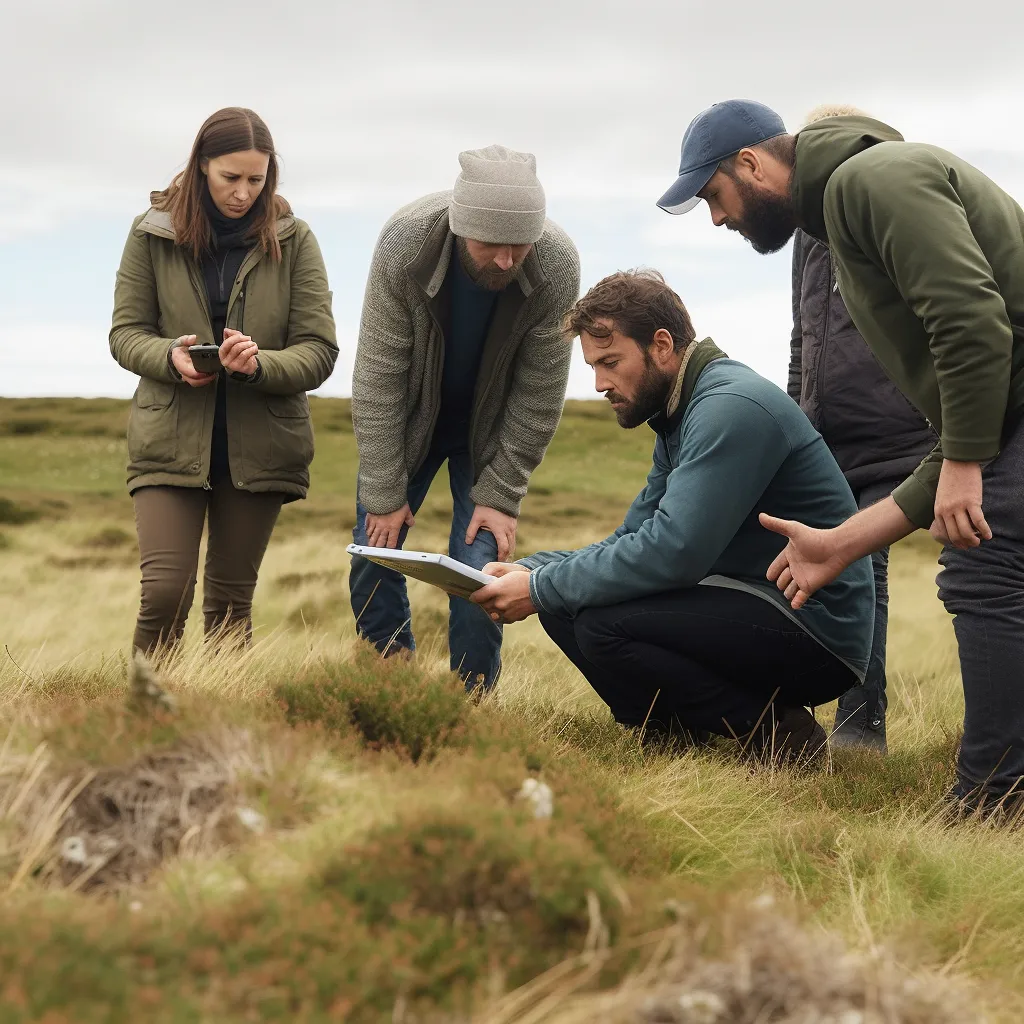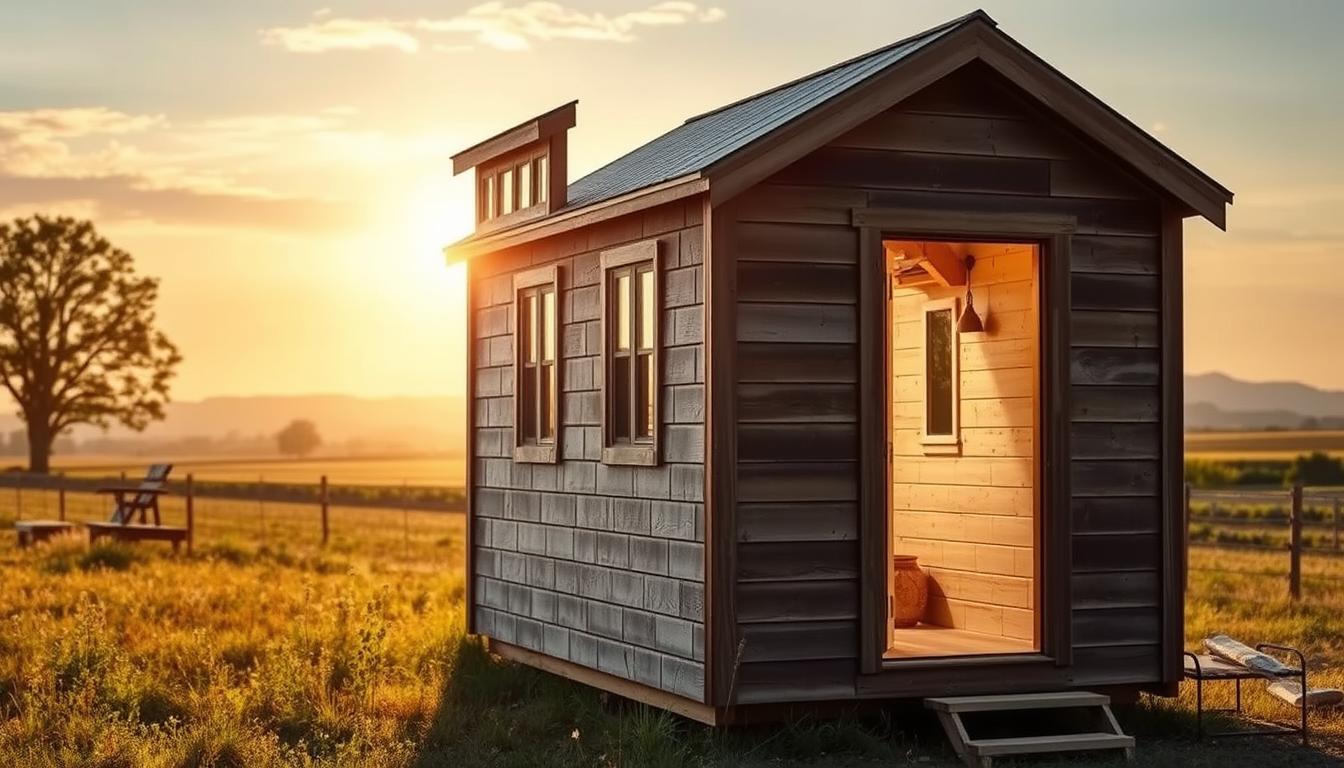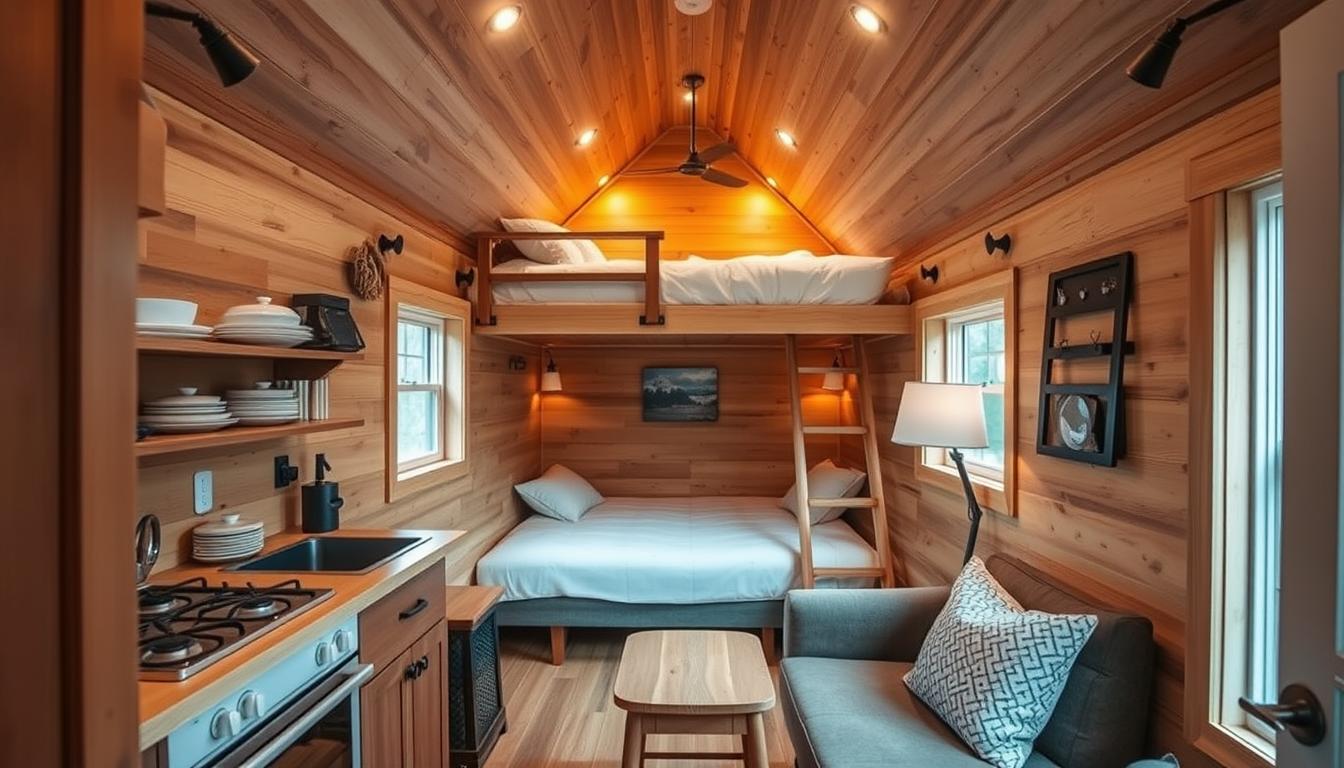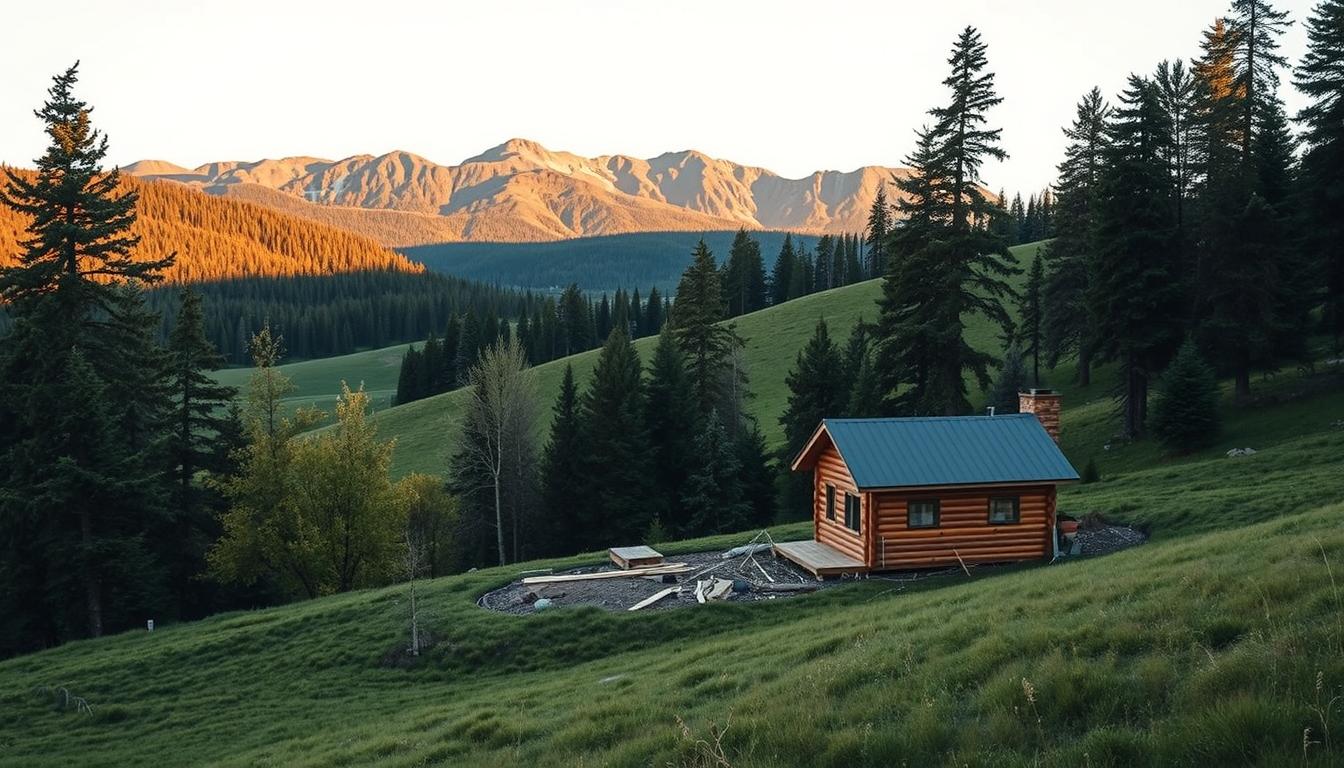If you are you looking to purchase land with multiple owners -in this article we are going to help you find an answer to the question how to do that. Co-ownership of land is becoming more common, with an increase of 771% between 2014 and 2022 for co-buyers with different last names, according to Pacaso. It is not just limited to married couples, but also includes siblings, parents and their children, unmarried couples, friends, and extended families, as outlined by My Mortgage Insider. Joint mortgages can make homeownership accessible to those who could not afford it alone, though it is important to be financially prepared before committing. Co-ownership of a property empowers people to own property while reducing the financial and logistical burdens of buying and owning a whole home.

There are different types of co-ownership, including tenancy in common and joint ownership, each with their own set of rules and allowances, as explained in the Pacaso article. Co-ownership can also offer a more viable path to second-home ownership, especially for those priced out of the current market. In this article, we will be discussing the steps involved in financing the purchase of land with multiple owners.
Benefits of Co-Ownership
Co-ownership can offer several benefits, such as having access to more capital, diversifying investments, and leveraging the knowledge of the entire group, according to Tribevest.com. By pooling resources, co-ownership can also reduce the financial burden of owning property. Moreover, joint ownership of a home can work in one of two ways: Tenancy in Common and Joint Tenancy, as described by [My Mortgage Insider]. In the next section, we will discuss how to find a group to co-own land with.

Finding a Group to Co-Own Land With
The first step to financing the purchase of land with multiple owners is to find a group to co-own land with. Here are some ways to find co-owners:
Friends and Family
Co-owning land with friends and family can be a great way to share the financial burden of land ownership, according to My Mortgage Insider. By pooling resources, you can make land ownership more accessible and affordable.
Online Platforms
There are several online platforms that can help you find co-owners, such as Tribevest](https://www.tribevest.com/) and Pacaso. These platforms can help you connect with like-minded individuals who are interested in co-owning land. O’Tiny House.com is building a community to collectively buy land, more about the options you have you can find here.
Local Real Estate Groups
Local real estate groups can also be a great way to find co-owners. Attend local real estate meetups and networking events to connect with potential co-owners. You can also join local real estate groups on social media platforms like Facebook and LinkedIn.
Once you have found a group of potential co-owners, it’s important to establish a mission before moving forward. In the next section, we will discuss how to establish a mission.

Establishing a Mission
Before co-owning land, it’s important to establish a mission. A mission can help you and your co-owners stay aligned and focused on your goals. Here’s how to establish a mission:
Define Your Goals
The first step to establishing a mission is to define your goals. Ask yourself why you want to co-own land and what you hope to achieve. Are you looking to build a vacation home? Are you planning to use the land for agriculture? Defining your goals can help you establish a clear mission.
Identify Your Values
In addition to defining your goals, it’s important to identify your values. What principles do you want to guide your co-ownership journey? Do you value sustainability? Community building? By identifying your values, you can ensure that your co-ownership mission aligns with your personal beliefs.
You Need an Operating Agreement
An operating agreement is a legal document that outlines how your co-ownership group will operate. It should include details such as how decisions will be made, how profits and expenses will be shared, and what happens if a co-owner wants to sell their share. Creating an operating agreement can help ensure that everyone is on the same page and understands their roles and responsibilities.
By establishing a mission and creating an operating agreement, you can set your co-ownership group up for success. In the next section, we will discuss how to create an operating agreement.

Creating an Operating Agreement
Creating an operating agreement is an important step in co-owning land. An operating agreement is a legal document that outlines how your co-ownership group will operate. It should include details such as how decisions will be made, how profits and expenses will be shared, and what happens if a co-owner wants to sell their share. Here are the key components of an operating agreement:
Decision-Making Process
One of the most important components of an operating agreement is the decision-making process. How will decisions be made within the co-ownership group? Will decisions require a unanimous vote, or will a simple majority be enough? Defining the decision-making process can help prevent conflicts and ensure that everyone is on the same page.
Profit and Expense Sharing
Another important component of an operating agreement is profit and expense sharing. How will profits and expenses be divided among co-owners? Will profits be split equally, or will they be distributed based on the amount of capital each co-owner has contributed? Defining profit and expense sharing can help ensure that everyone is fairly compensated.
Dispute Resolution
Disputes can arise when co-owning land, so it’s important to have a plan in place for resolving conflicts. Your operating agreement should outline a process for resolving disputes, such as mediation or arbitration.

Exit Strategy
Finally, your operating agreement should include an exit strategy. What happens if a co-owner wants to sell their share of the land? Will the other co-owners have the option to buy them out? Defining an exit strategy can help prevent conflicts and ensure a smooth transition if a co-owner decides to leave the group.
By including these key components in your operating agreement, you can help ensure that your co-ownership group operates smoothly and successfully. In the next section, we will discuss how to file an LLC.
Filing Your LLC
Filing your LLC is an important step in co-owning land. An LLC, or Limited Liability Company, is a type of legal structure that can help protect co-owners from personal liability. Here’s how to file your LLC:
Choose a Name
The first step to filing your LLC is to choose a name. Your LLC name should be unique and not already in use. You should also check to make sure that your chosen name is available as a domain name.
File Articles of Organization
Once you have chosen a name, you will need to file Articles of Organization with your state’s Secretary of State office. This document outlines the details of your LLC, such as its name, address, and the names of its members.
Obtain an EIN
An EIN, or Employer Identification Number, is a unique identifier that is used by the IRS to identify your LLC. You can obtain an EIN by filing Form SS-4 with the IRS.
Create an Operating Agreement
As discussed in section 4, creating an operating agreement is an important step in co-owning land. Your operating agreement should outline how your LLC will operate, including how decisions will be made, how profits and expenses will be shared, and what happens if a co-owner wants to sell their share.

Open a Business Bank Account
Once your LLC is established, you should open a business bank account. This will help keep your personal finances separate from your LLC’s finances.
By following these steps, you can establish your LLC and help protect your co-owners from personal liability. In the next section, we will discuss how to find the right property.
Finding the Right Property
Finding the right property is a crucial step in co-owning land. Here are some tips for finding the right property:
Determine Your Budget
The first step to finding the right property is to determine your budget. How much can you afford to spend on the land? Remember to factor in additional expenses such as property taxes, maintenance costs, and insurance.
Decide on the Type of Property
Next, you’ll need to decide on the type of property you want to co-own. Are you looking for a piece of land to build a vacation home? Are you looking for farmland to use for agriculture? Defining the type of property you want can help narrow down your search.
Consider Location
Location is another important factor to consider when choosing a property. Do you want to be near a city or in a rural area? Are there specific amenities you want to be close to, such as schools or shopping centers?
Work with a Real Estate Agent
Working with a real estate agent can help simplify the process of finding the right property. A real estate agent can help you navigate the local market, find properties that meet your criteria, and negotiate on your behalf.
By following these tips, you can find the right property for your co-ownership group. In the next section, we will discuss how to pool your capital.

Pooling Your Capital
Pooling your capital is an important step in co-owning land. Here are some tips for pooling your capital:
Determine Each Co-Owner’s Contribution
The first step to pooling your capital is to determine each co-owner’s contribution. How much can each co-owner afford to contribute to the purchase of the land? Remember to factor in additional expenses such as property taxes, maintenance costs, and insurance.
Consider Financing Options
Financing options for co-owned land include taking out one mortgage loan, with all co-owners being “jointly and severally liable” for the payments, or each co-owner taking out their own mortgage loan. It’s important to consider the pros and cons of each option before deciding which one is right for your co-ownership group.
Create a Plan for Ongoing Expenses
Once the land has been purchased, ongoing expenses such as property taxes, maintenance costs, and insurance will need to be paid. Your operating agreement should outline how these expenses will be shared among co-owners.
Use a Tool Like Tribevest
Using a tool like Tribevest can help manage the process of pooling your capital and ensure alignment within the group. Tribevest provides a platform for co-owners to contribute their capital, manage their investments, and communicate with each other.
By following these tips, you can successfully pool your capital and purchase land with multiple owners. In the next section, we will discuss the advantages and disadvantages of co-owning land.

Pros and Cons of Co-owning Land
Co-owning land can be a smart choice for those who are looking to buy property but cannot afford it on their own. However, there are both advantages and disadvantages to co-owning land. Here are some of the main pros and cons to consider:
Advantages of Co-owning Land
Access to More Capital
One of the biggest advantages of co-owning land is that it allows you to pool your resources with other investors, giving you access to more capital than you would have on your own.
Diversifying Investments
Co-owning land can also help diversify your investment portfolio. By investing in a group, you reduce your risk and increase your chances of success.
Leveraging the Knowledge of the Group
Another advantage of co-owning land is that it allows you to leverage the knowledge and expertise of the entire group. This can be especially helpful if you are new to investing in real estate.
Disadvantages of Co-owning Land
Potential for Conflict
One of the biggest disadvantages of co-owning land is that it can lead to conflicts among investors. Disagreements over how to manage the property, how to split profits, and other issues can create tension and strain relationships.

Shared Responsibility for Expenses
Co-owning land also means that you are responsible for sharing the expenses associated with the property, including property taxes, maintenance costs, and insurance.
Limited Control
Finally, co-owning land means that you have limited control over the property. You will need to work with your co-owners to make decisions about how to manage the property, which can be challenging if you have different ideas about how things should be done.
In conclusion, co-owning land can be a smart choice for those who are looking to invest in real estate but cannot afford it on their own. However, it is important to carefully consider the pros and cons before making a decision. If you do decide to co-own land, make sure to follow the steps outlined in this article to ensure success.
Thank you for reading! Check out our other great content for more tips and tricks on investing in real estate.

FAQ
Who can co-own land with me?
Co-ownership of land is open to anyone who can pool their capital to purchase it.
What are the benefits of co-owning land?
Co-owning land provides access to more capital, diversifies investments, and leverages the knowledge of the entire group.
How do I finance the purchase of land with multiple owners?
Financing options include taking out one mortgage loan or each co-owner taking out their own mortgage loan.
What happens if one co-owner wants to sell their share?
The operating agreement should outline the process for selling a co-owner’s share.
How do we decide on property management?
The operating agreement should outline how property management decisions will be made.
What happens if one co-owner fails to pay their share of expenses?
The operating agreement should outline consequences for failure to pay expenses, such as selling the co-owner’s share.










